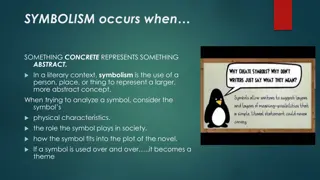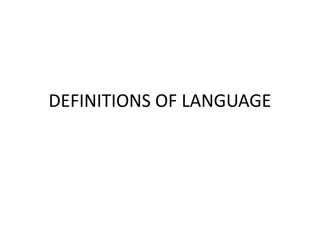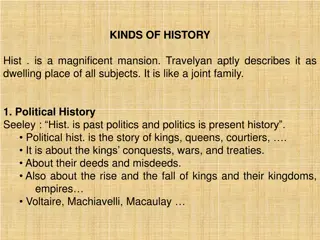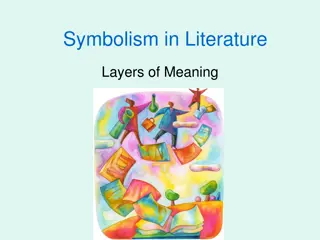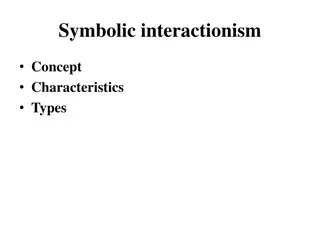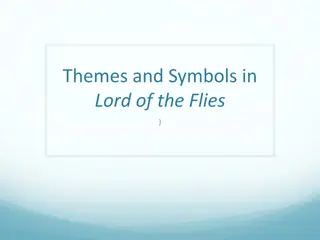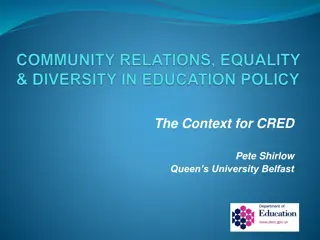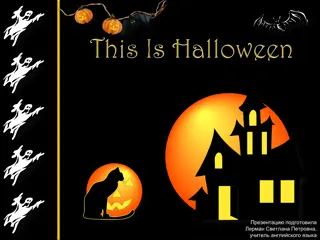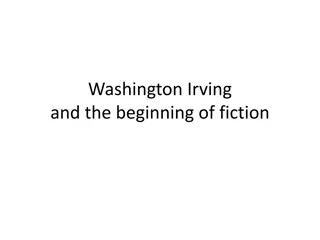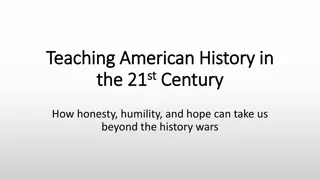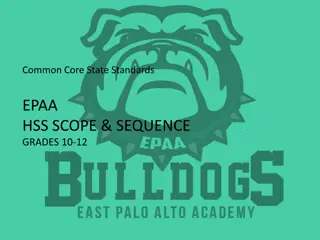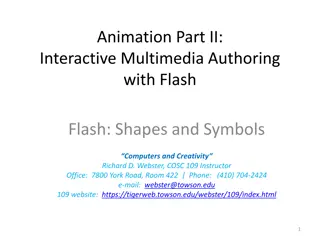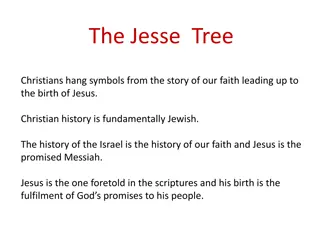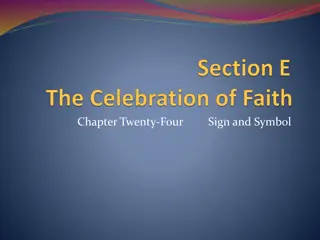American Symbols and History
The red and white stripes of the shield symbolize the states, while the Liberty Bell and the U.S. flag represent freedom and justice. Learn about the United States Constitution and its significance in shaping the nation.
Uploaded on Mar 01, 2025 | 0 Views
Download Presentation

Please find below an Image/Link to download the presentation.
The content on the website is provided AS IS for your information and personal use only. It may not be sold, licensed, or shared on other websites without obtaining consent from the author.If you encounter any issues during the download, it is possible that the publisher has removed the file from their server.
You are allowed to download the files provided on this website for personal or commercial use, subject to the condition that they are used lawfully. All files are the property of their respective owners.
The content on the website is provided AS IS for your information and personal use only. It may not be sold, licensed, or shared on other websites without obtaining consent from the author.
E N D
Presentation Transcript
The red and white stripes of the shield represent the several states. The colors are adopted from the American flag: White signifies purity and innocence, Red hardiness and valour, and Blue signifies vigilance, perseverance and justice. The shield on the breast of an American Bald Eagle without any supporters denotes that the United States of America ought to rely on their own virtue. The number 13, denoting the 13 original states, is represented in the bundle of arrows, the stripes of the shield and the stars of the constellation. The olive branch and the arrows denote the power of peace and war.
The Liberty Bell was cast in England in 1752 for the Pennsylvania Statehouse (now Independence Hall). Damaged in transit, it was recast in Philadelphia in 1753; it is inscribed with the words "Proclaim liberty throughout all the land".
The flag has three colors and represents freedom and justice in the United States. Here are 13 red and white stripes, rep- resenting the original 13 states in the U.S.A. There is also a field of blue with 50 white stars, each star representing one of the American states.
The Constitution of the United States of America is the supreme law of the United States. The Constitution defines the three main branches of government: a legislature, bicameral Congress; an executive branch led by the President; and a judicial branch headed by the Supreme Court. The United States Constitution is the shortest and oldest written constitution still in use by any nation in the world today.[
The United States Constitution was adopted on September 17, 1787, by the Constitutional Convention in Philadelphia, Pennsylvania, and ratified by conventions in each U.S. state in the name of "The People". The Constitution has been amended twenty-seven times; the first ten amendments are known as the Bill of Rights.
Virginia Plan James Madison James Madison A powerful bicameral legislature with a House and a Senate[10] An executive chosen by the legislature A judiciary, with life- terms of service and vague powers The national legislature would be able to veto state laws
We the People of the United States, in Order to form a more perfect Union, establish Justice, insure domestic Tranquility, provide for the common defence, promote the general Welfare, and secure the Blessings of Liberty to ourselves and our Posterity, do ordain and establish this Constitution for the United States of America.
Article IV. States have a republican form of government. States can make some state laws. All states must respect the laws of other states. Article 1. The Congress has many powers. It can decide taxes and make laws about citizenship and about foreign trade. If the U.S. fights with another country, Congress can declare war. Article V. Three-fourths of the states must say okay to an amendment. Article II. The President has other powers. He or she is the Commander- in-Chief of the military. The President can choose people to be judges on the Supreme Court, he can choose people to be ambassadors. But the Senate must say okay to these people. Article VI. The Constitution is the supreme law of the U.S. Everyone must follow the Constitution. Article III. The Judicial branch has certain powers. The courts can review some laws. If the laws do not agree with the Constitution, the courts can tell Congress to change the laws. The courts listen to problems about protecting the Constitutional rights of the people. Article VII. Three-fourths of the states must say okay to this Constitution.
First Amendment: addresses the rights of freedom of religion (prohibiting Congress from establishing a religion and protecting the right to free exercise of religion), freedom of speech, freedom of the press, freedom of assembly, and freedom of petition. Second Amendment: guarantees the right of individuals to possess firearms. See District of Columbia v. Heller. Third Amendment: prohibits the government from using private homes as quarters for soldiers during peacetime without the consent of the owners. The only existing case law regarding this amendment is a lower court decision in the case of Engblom v. Carey. Fourth Amendment: guards against searches, arrests, and seizures of property without a specific warrant or a "probable cause" to believe a crime has been committed. Some rights to privacy have been inferred from this amendment and others by the Supreme Court. Fifth Amendment: forbids trial for a major crime except after indictment by a grand jury; prohibits double jeopardy (repeated trials), except in certain very limited circumstances; forbids punishment without due process of law; and provides that an accused person may not be compelled to testify against himself (this is also known as "Taking the Fifth" or "Pleading the Fifth"). This is regarded as the "rights of the accused" amendment, otherwise known as the Miranda rights after the Supreme Court case. It also prohibits government from taking private property for public use without "just compensation," the basis of eminent domain in the United States. Sixth Amendment: guarantees a speedy public trial for criminal offenses. It requires trial by a jury, guarantees the right to legal counsel for the accused, and guarantees that the accused may require witnesses to attend the trial and testify in the presence of the accused. It also guarantees the accused a right to know the charges against him. The Sixth Amendment has several court cases associated with it, including Powell v. Alabama, United States v. Wong Kim Ark, Gideon v. Wainwright, and Crawford v. Washington. In 1966, the Supreme Court ruled that the fifth amendment prohibition on forced self-incrimination and the sixth amendment clause on right to counsel were to be made known to all persons placed under arrest, and these clauses have become known as the Miranda rights. Seventh Amendment: assures trial by jury in civil cases. Eighth Amendment: forbids excessive bail or fines, and cruel and unusual punishment. Ninth Amendment: declares that the listing of individual rights in the Constitution and Bill of Rights is not meant to be comprehensive; and that the other rights not specifically mentioned are retained by the people. Tenth Amendment: reserves to the states respectively, or to the people, any powers the Constitution did not delegate to the United States, nor prohibit the states from exercising.




